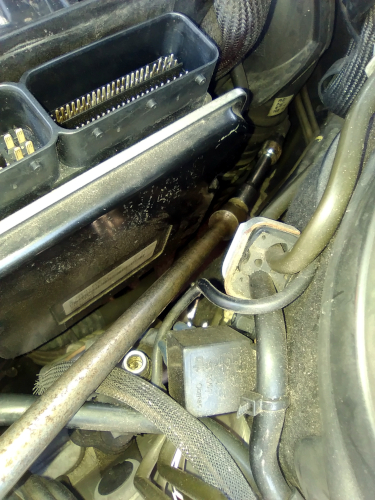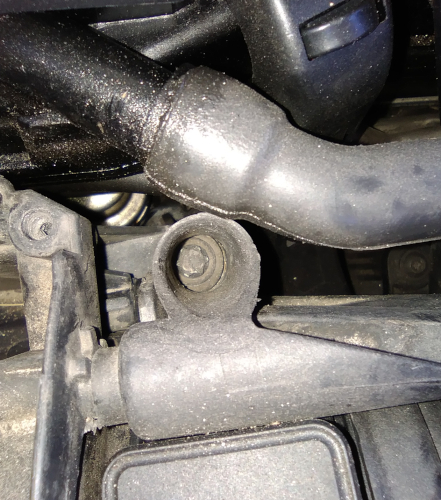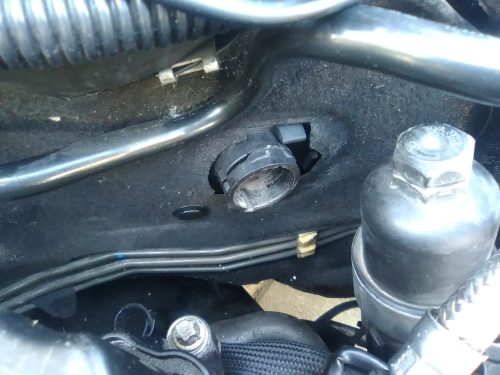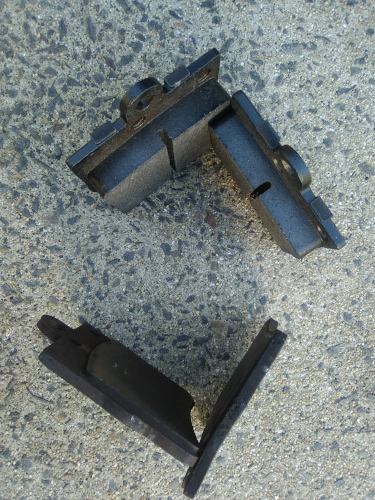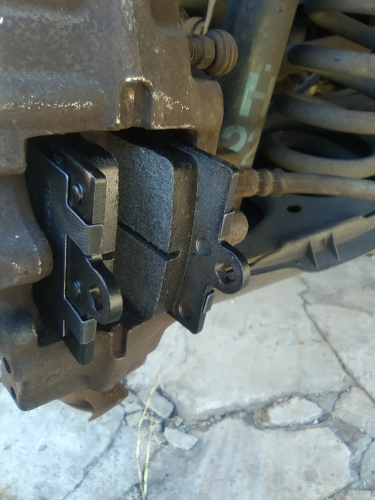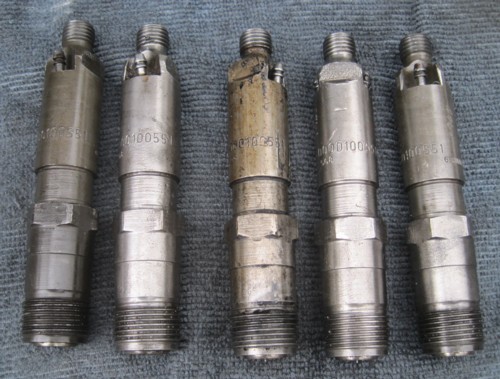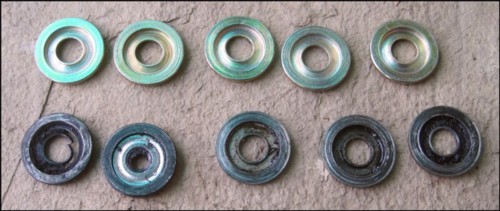Heater hose connector replacement
My Mercedes Benz C180K W203 is in her mid teens and has become as temperamental as a 16 year old whose hormones are fluctuating due to puberty changes, body development and other emotional changes. Over the past few months I witnessed these changes and developments on my car, among which are, remote control issues, heater exchanges issues, door unlocking issues, oil level issues and oil leak issues, overheating issues, water leaks, idling issues and several others.
Overheating
Whilst driving home from the office, the Merc's dashboard cluster computer beeped and the LCD displayed "coolant level low", seconds later the white radiator symbol disappeared as quickly as it appeared. A few minutes later it beeped again and the image flashed again. I was in traffic and had the full intent to go add coolant and recollected that the closest filling station was roughly a kilometer away, so I slowly made my way towards it. Seconds later the beep was back but, the LCD now flashed red showing a thermometer image. The heat gauge which I looked at a few seconds ago which was at approx 80 degree had climbed to 120 degrees very quickly.
I just had to pull off and as I did so; before I could stop, the engine cut out. I was kinda worried that I may have pulled off too late. So after allowing the engine to cool off for a few minutes I cranked the engine and it started by which time the temperature gauge had fallen below 100 degrees. I then opened the bonnet to determine what had gone wrong but there were no tell-tail or visible signs. Reluctantly, I opened the expansion tank cap and saw that there was no coolant inside of it. I knew there and then that either the radiator had popped or one of the hoses had sprung a leak and all the water had already leaked out. I decided to take a brisk walk to a nearby tyre repair establishment to get some water.
Water Leak
On my return, I added water to the expansion tank and expected to see water running out somewhere but there wasn't any. I then decided to crank the engine just to get the water pump moving the water through the system yet not start the engine. As I turned the key over, the car actually started and the water pump did its thing but I switched the engine off immediately. As a consequence, a large wet mark had formed on the ground under the left side of the engine. Water was leaking out somewhere but I wasn't going to crawl under because the ground clearance isn't much beside the engine was hot. That was sufficient evidence that my C180K had to go to my DIY workshop. A telephone call later and my W203 was getting a ride on a rollback home. I didn't have the time to determine the problem, so I left the repair for the weekend.
Problem found
Like I mentioned above I needed to take a peek under the car to see where the water was leaking from but it was just way to close to the ground to do so. So I popped the bonnet, did a visual inspection and still didn't see anything obvious. I then added water to the expansion tank, jacked-up the car on the right ride allowing water to flow towards the left. As I jacked the car, I could hear water spilling onto the paving. I quickly shoved a stand under the suspension and slid underneath the car. Water was pouring from above the bell-housing, at the firewall and close to the starter. I climbed on top of the engine and looked down between the engine and the firewall and saw a rubber hose with a clamp lying loose. When I managed to get it out in the tight space, I realised it was the heater exchange hose that was severed. It was a plastic NORMA “Push & Seal” quick connector attached to the firewall that had perished.
Access to hose connector
Reconnecting the hose and working in that confined space was going to be a problem as it was sitting almost behind the oil filter housing which is almost against the firewall. The only way to get to it was to remove the air-filter box. So I did just that but as per normal, Mercedes Benz is famous for torx head bolts. There are two 8mm torx bolts at the rear holding the air-box in place but the left one is difficult to remove because of the sleeve above it which is part of the air-box.
I modified the air-box with a hacksaw blade and a stanley knife and used a 8mm hex socket to loosen it. The ECU plugs also need to be removed, as well as the brake booster pipe and a vacuum hose and a the MAF and a few other sensor plugs. With everything out of the way, I could finally remove the spring clip holding the connector in place and pulled it out of its female part.
Make shift repair
Mercedes Benz agents were out of stock of the part and I was hit with a 2 week waiting period before delivery. I just couldn't wait that long. My initial thought was to attempt to repair the connector with a steel nipple attached with plastic steel but on second thoughts it wasn't worth it because it was going to break again and I couldn't risk the possibility of overheating problems and the likelihood of blowing a head gasket, so I went hunting for a second user connector as a temporary repair.
Repair completed
All the popular motor spares outlets either didn't have stock, saying its and agents only part , with some not even knowing what it was. Some saying its the same as the VW part but without the spring clip. Anyway, several kilometers of driving and hours later I eventually found a connector at Merc Centre and it wasn't cheap considering it's just a piece of plastic.
Gone are the days when two rubber hoses are connected with a short length of galvanised pipe and hose clamps through the fire wall, but that would have been my permanent repair if I couldn't find this connector. I find peculiar that a plastic part manufactured for a 16 year old car can be sold out at such a ridiculous price and an open ended waiting period. I suppose they will blame the scarcity thereof on Covid-19 as they do with everything else.


